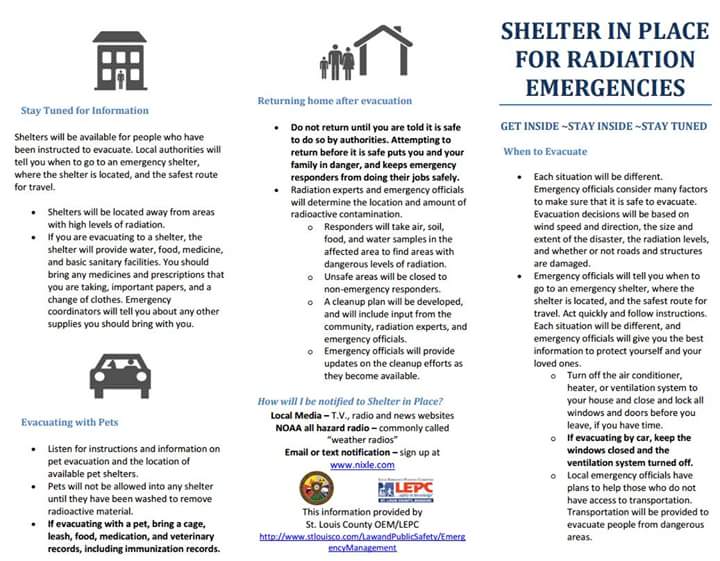The following article will help you improve your Homes Air Quality. If you are worried about keeping the Air Clean in your Home this Article is for YOU and Covers: Air Quality, Mold Spores, Radon, Dust, Dust Mites, and other Pollutants that are in your Home
Scotts Contracting Offers the Following Services- Design-Build Projects for Residential & Commercial Buildings—Construction, Remodeling and Rehab's - to include: Carpentry, Weatherization, Roofing, Flooring, Interior and Exterior Finishes, Painting/Staining, Wood Finishing, Custom Wood Working, Solar & Wind Renewable Energy Systems, Doors, Windows, Home Repairs & Upgrades
"Home Energy Auditing will be available soon- If you would like to Pre-Register for an Energy Audit for your Home use the following link" Click Here
|

Help keep the air clean in these most common storage spaces
Are your storage rooms storing more than off-season clothing, bikes and tools? We're talking mold, dust and other allergens, not to mention carbon monoxide and radon.
Below are the usual suspects that may be hiding out in your attic, basement and garage. Read up on what may be lurking, and how to minimize their presence.
Dust & Dust Mite DebrisIn a storage space, it doesn't take long for a layer of dust to accumulate. Dust, and the dust mite debris that live in it, can trigger allergies and allergy-like symptoms1 for sensitive people. To keep dust and dust mite debris at bay:
- Dust surfaces with a damp cloth
- If you're storing fabric or upholstery items, keep them in tightly sealed plastic containers
- Cut down on airborne dust with a Filtrete™ Air Purifier
Mold SporesExcess moisture and humidity can easily become a problem in storage spaces, which are often packed tight and closed off. According to the American Lung Association®, to reduce the presence of mold spores, it's important to control moisture and keep humidity below 50%. Here's how:
- Inspect the attic, basement and exterior of your house during heavy rains to detect leaky roofing
- Keep an eye out for leaky plumbing
- If you do find a leaky spot, mop up the water within 24 hours and call a plumber
- Make sure that your clothes dryer is properly vented to the outdoors
- Help increase airflow by moving stacks of boxes and other stored items away from walls
Toxic ChemicalsIf you're like most, you store paint cans and extra tubes of window caulk in the basement or garage. If not stored properly, these products can leak toxic components into the air. Here's how to prevent that:
- Make sure cans and bottles are tightly capped
- Store toxic products on a high shelf, where young children can't reach them
- If working with paint, aerosols or other chemicals in the basement or garage, keep the space well ventilated
Combustion PollutantsWhen you burn fuels like natural gas, oil or wood in your home, you may be exposed to carbon monoxide, nitrogen dioxide and sulfur dioxide. Help minimize the effects of fuel vapors by following these tips:
- In the basement, service your clothes dryer, water heater and furnace — all combustion appliances — as often as suggested by the manufacturer
- Install carbon monoxide detectors on each level of your home, including the attic and basement levels
- When using fuel-burning appliances, be sure they vent to the outside
- Don't leave the car running inside the garage, where CO and exhaust fumes can build up
RadonRadon is a naturally occurring radioactive gas that comes from the soil. It's colorless and odorless, and long-term exposure is the second leading cause of lung cancer (after smoking)2.
- Test for radon. You can buy an inexpensive test kit at almost any hardware store
- If the test reveals radon in your home, the EPA has resources and recommendations to help you reduce it. Learn more on the EPA website
FOOTNOTES
1
Environmental Protection Agency (EPA): Dust Mites
2
EPA: Radon
--
Scott's Contracting
scottscontracting@gmail.com



